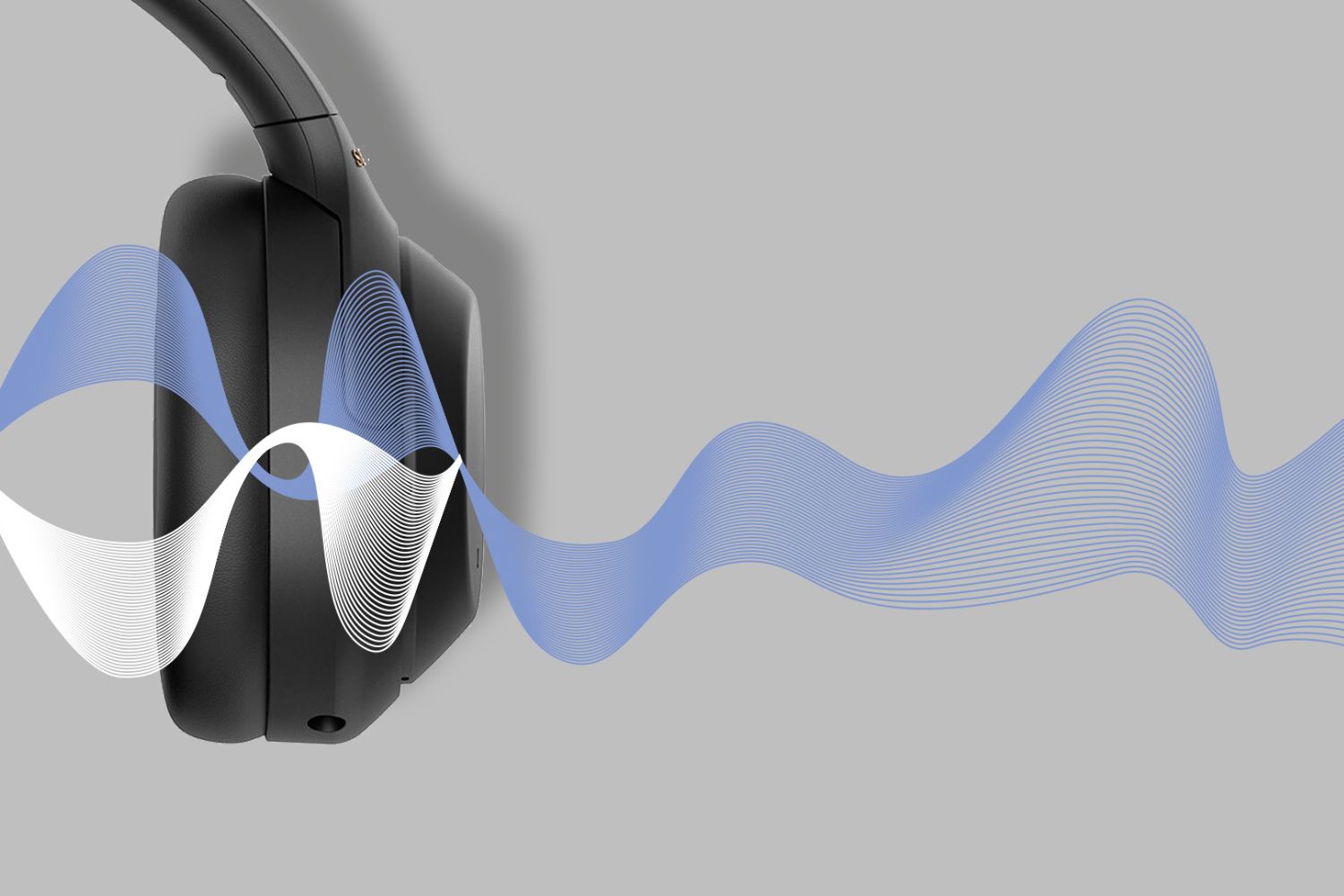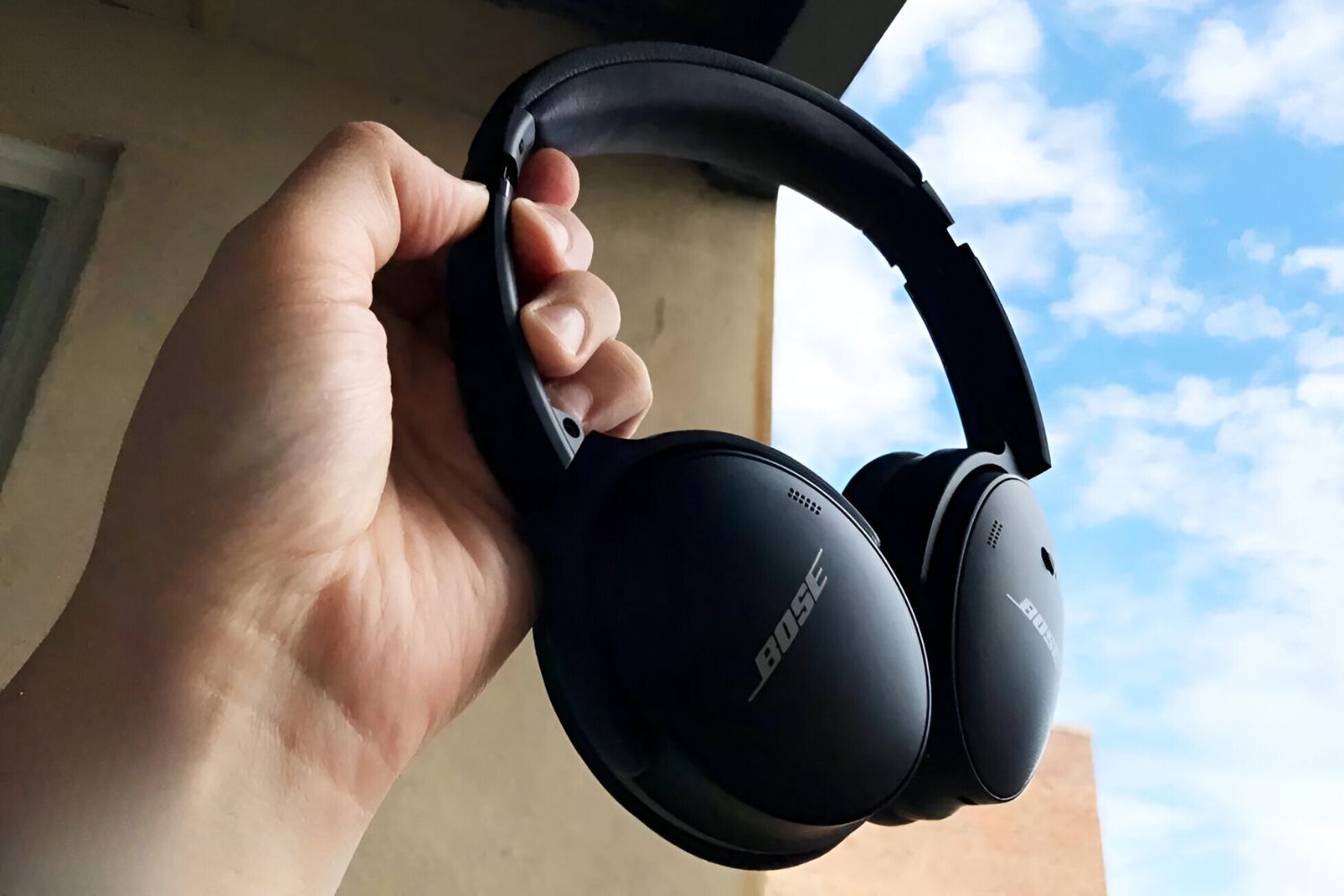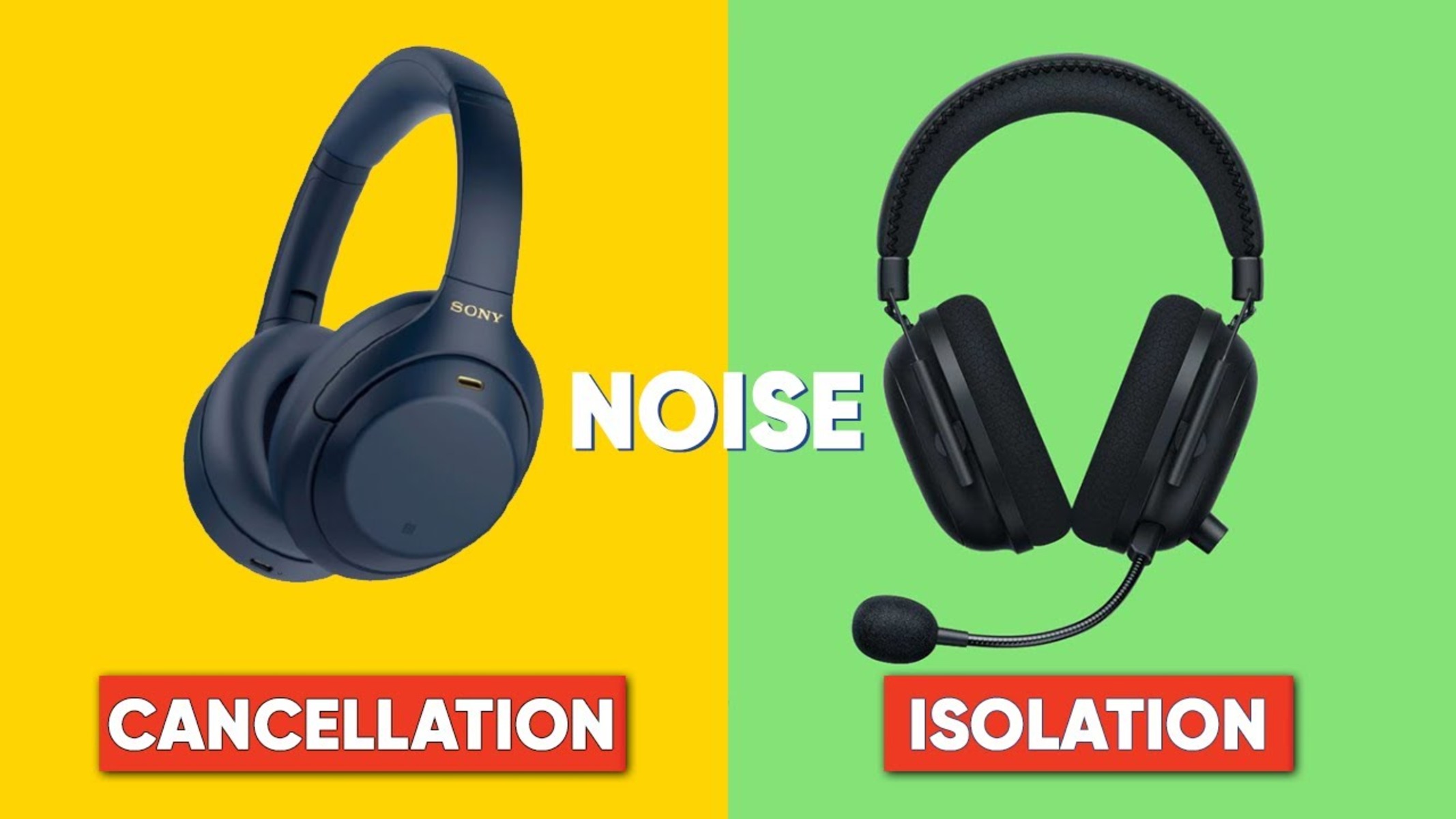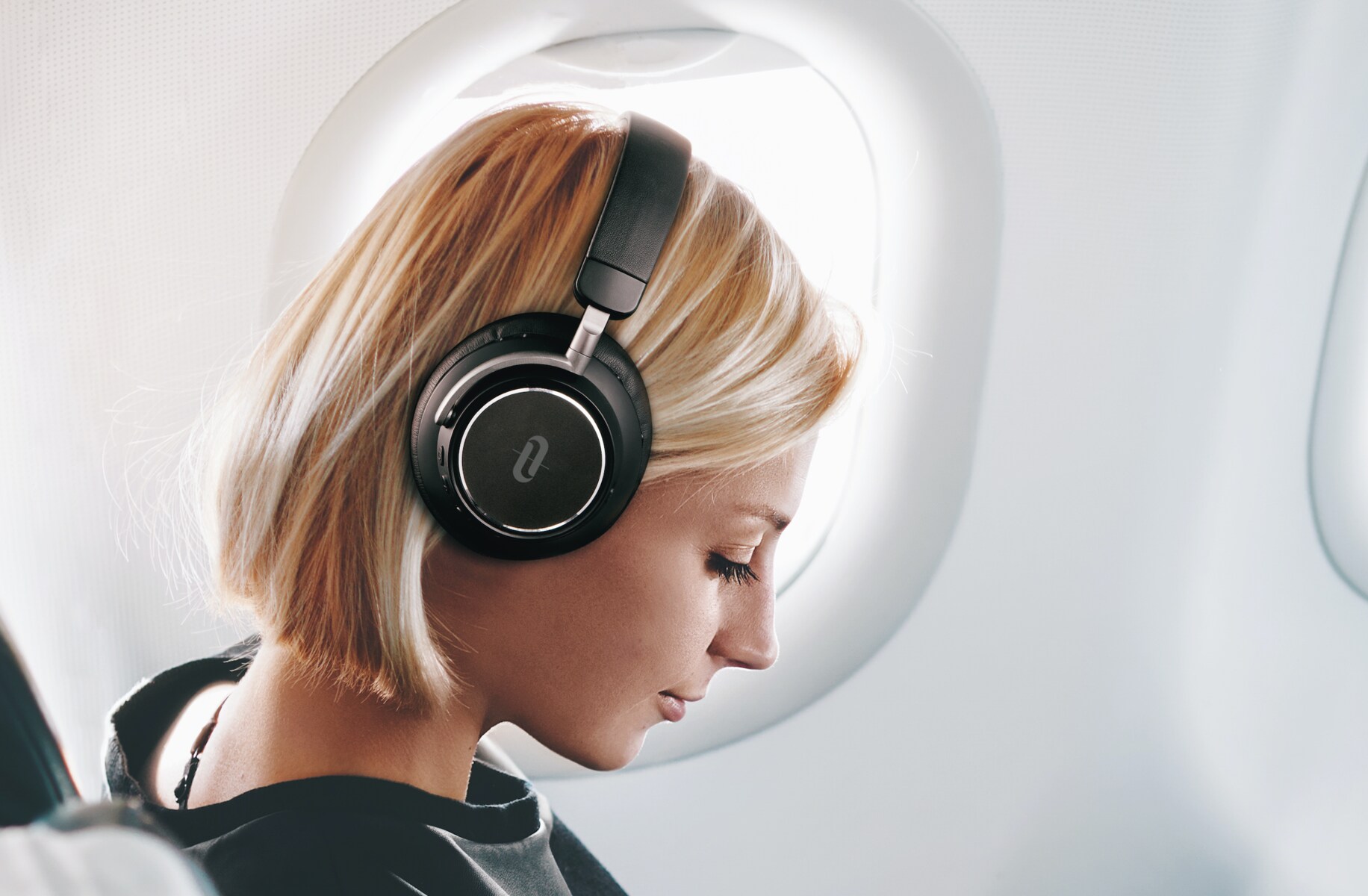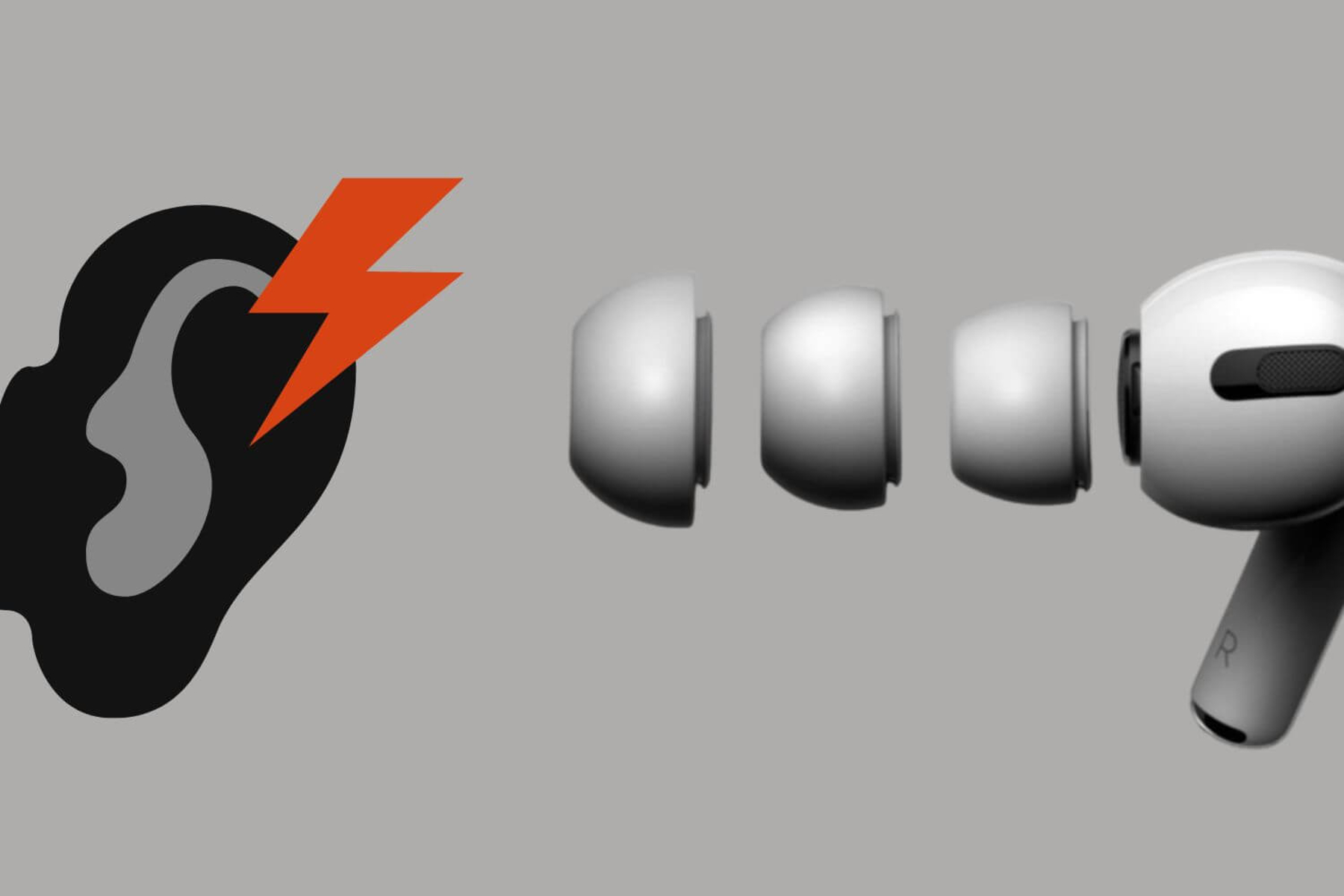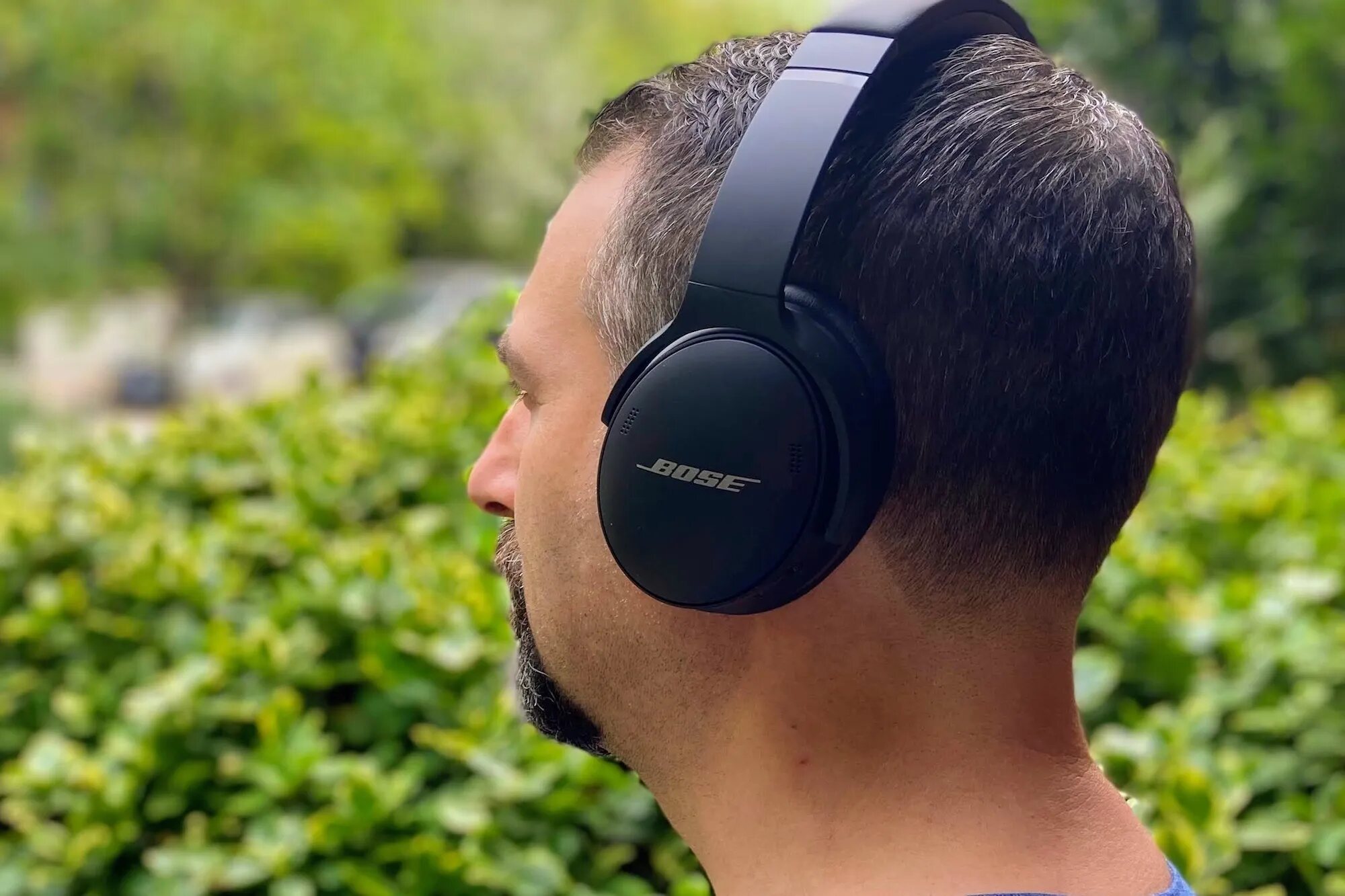Introduction
Understanding the Basics of Noise Cancelling Headphones
Noise cancelling headphones have revolutionized the way we experience sound, offering a sanctuary of tranquility amidst the cacophony of modern life. These innovative devices are designed to eliminate ambient noise, providing a more immersive and undisturbed listening experience. To comprehend the significance of sound frequency in noise cancelling headphones, it is essential to first understand the fundamental principles of sound and how these headphones operate.
Sound frequency, measured in Hertz (Hz), refers to the number of vibrations per second that create a sound wave. The human ear can perceive frequencies ranging from 20 Hz to 20,000 Hz, with each frequency corresponding to a specific pitch or tone. Understanding sound frequency is crucial in the context of noise cancelling headphones, as these devices are engineered to counteract unwanted sounds by producing anti-noise signals that effectively neutralize ambient disturbances.
The intricate interplay of sound frequency and noise cancellation technology is at the heart of these headphones' functionality. By delving into the mechanics of sound frequency and exploring the inner workings of noise cancelling headphones, we can gain a deeper appreciation for the seamless fusion of science and innovation that underpins these remarkable devices.
Understanding Sound Frequency
Sound frequency, a fundamental concept in the realm of acoustics, is a defining factor in how we perceive and interpret the auditory world. It is crucial to comprehend the role of sound frequency in the context of noise cancelling headphones, as these devices rely on a nuanced understanding of sound waves to effectively mitigate external disturbances.
Sound frequency is measured in Hertz (Hz), with each hertz representing one cycle per second. The audible range for humans typically spans from 20 Hz to 20,000 Hz, encompassing a diverse spectrum of tones and pitches. Low-frequency sounds, such as the rumble of a distant thunderstorm or the deep resonance of a bass guitar, register at the lower end of the spectrum, while high-frequency sounds, like the chirping of birds or the tinkling of a bell, occupy the upper echelons of the frequency range.
When we encounter a noise, its frequency directly influences how we perceive it. For instance, a low-frequency rumble may create a sense of foreboding, while a high-pitched squeal might evoke discomfort. This subjective response to sound frequency forms the basis for the design and implementation of noise cancelling headphones, which strive to manipulate sound waves to enhance the listener’s experience.
Understanding sound frequency is pivotal in the context of noise cancellation technology. By discerning the specific frequencies of ambient noise, noise cancelling headphones can generate anti-noise signals that effectively neutralize these disturbances. This intricate process involves the precise detection and analysis of incoming sound waves, enabling the headphones to produce inverse sound waves that cancel out the unwanted noise, thereby creating a more serene auditory environment for the listener.
By delving into the nuances of sound frequency, we can appreciate the remarkable synergy between human perception, technological innovation, and the art of sound manipulation. This foundational understanding sets the stage for comprehending the sophisticated mechanisms that underpin the functionality of noise cancelling headphones.
How Noise Cancelling Headphones Work
Noise cancelling headphones employ advanced technology to counteract ambient sounds, creating a tranquil listening environment for users. These innovative devices utilize a combination of microphones, sound wave analysis, and signal processing to achieve their remarkable noise reduction capabilities.
At the core of noise cancelling headphones are built-in microphones strategically positioned to capture ambient sounds. These microphones pick up the incoming noise, which is then analyzed by the headphones’ internal circuitry. By identifying the specific frequencies and amplitudes of the ambient noise, the headphones can generate precise anti-noise signals to neutralize these disturbances.
Once the ambient noise is analyzed, the headphones produce anti-noise signals that are 180 degrees out of phase with the detected disturbances. This phase inversion causes the anti-noise signals to effectively cancel out the unwanted sounds, resulting in a quieter and more immersive listening experience for the user. This process occurs in real time, continuously adapting to the changing acoustic environment to maintain optimal noise reduction.
Furthermore, noise cancelling headphones can be categorized into two main types: passive noise cancellation and active noise cancellation. Passive noise cancellation is achieved through the physical design of the headphones, such as the use of noise-isolating materials and a snug fit over the ears, to block out external sounds. On the other hand, active noise cancellation, the more sophisticated of the two, involves the generation of anti-noise signals to counteract ambient noise, as described above.
By integrating cutting-edge technology and innovative engineering, noise cancelling headphones have redefined the way we experience sound in noisy environments. These devices have become indispensable companions for travelers, commuters, and music enthusiasts, offering a sanctuary of serenity amidst the hustle and bustle of everyday life.
Sound Frequency of Noise Cancelling Headphones
The sound frequency of noise cancelling headphones plays a pivotal role in their ability to mitigate external disturbances and enhance the listening experience. These headphones are meticulously engineered to address a broad spectrum of frequencies, effectively neutralizing ambient noise across varying pitches and tones.
When it comes to sound frequency, noise cancelling headphones are designed to target a wide range of audible tones, from the low-frequency hum of engines and air conditioning units to the high-pitched chatter of voices and ambient chatter. By incorporating advanced sound analysis and processing capabilities, these headphones can effectively counteract a diverse array of frequencies, ensuring comprehensive noise reduction for the user.
One of the key features of noise cancelling headphones is their capacity to address low-frequency sounds, which pose a significant challenge for traditional passive noise isolation methods. The ability to attenuate low-frequency noise, such as the rumble of an airplane or the drone of a train, is a testament to the sophisticated sound frequency analysis and cancellation techniques employed by these headphones.
Moreover, noise cancelling headphones excel in mitigating mid-range frequencies, which encompass a substantial portion of everyday ambient noise, including traffic rumble, office chatter, and background music. By effectively addressing mid-range frequencies, these headphones create a more serene auditory environment, allowing users to immerse themselves in their chosen audio content without distraction.
High-frequency sound cancellation is another area where noise cancelling headphones demonstrate their prowess. The ability to counteract sharp, high-pitched noises, such as the clatter of dishes or the shrill ring of a bell, showcases the comprehensive sound frequency coverage provided by these advanced devices.
By adeptly addressing a broad spectrum of sound frequencies, noise cancelling headphones offer users a sanctuary of tranquility, enabling them to appreciate their audio content with unparalleled clarity and immersion. The seamless integration of sound frequency analysis, anti-noise signal generation, and real-time adaptation ensures that these headphones deliver a superlative listening experience across diverse acoustic environments.
Conclusion
As we delve into the intricate realm of sound frequency and its interplay with noise cancelling headphones, we gain a profound understanding of the remarkable synergy between human perception, technological innovation, and the art of sound manipulation. The seamless fusion of these elements has culminated in the creation of noise cancelling headphones, which stand as a testament to human ingenuity and the relentless pursuit of auditory excellence.
By comprehending the foundational principles of sound frequency and exploring the sophisticated mechanisms that underpin noise cancellation technology, we unveil the transformative capabilities of these innovative devices. Noise cancelling headphones have redefined the way we experience sound, offering a respite from the clamor of modern life and fostering a deeper connection with our chosen audio content.
Through the meticulous analysis and neutralization of a broad spectrum of sound frequencies, noise cancelling headphones have proven to be indispensable companions for individuals seeking refuge from ambient disturbances. These devices excel in addressing low, mid, and high-frequency noises, creating an immersive auditory environment that transcends the limitations of conventional passive noise isolation methods.
As technology continues to evolve, noise cancelling headphones remain at the forefront of innovation, continually pushing the boundaries of noise reduction and sound fidelity. The marriage of advanced sound analysis, anti-noise signal generation, and real-time adaptation has elevated the listening experience to unprecedented heights, empowering users to revel in the pure essence of their audio content.
In essence, the sound frequency of noise cancelling headphones serves as a testament to the harmonious convergence of science, art, and human aspiration. These devices not only shield us from the discordant symphony of external noise but also elevate our auditory encounters, allowing us to immerse ourselves in the rich tapestry of sound with unparalleled clarity and serenity.
As we embrace the transformative potential of noise cancelling headphones, we embark on a journey toward a more harmonious and enriching auditory realm, where the symphony of sound unfolds in all its pristine glory, undisturbed by the dissonance of the outside world.







